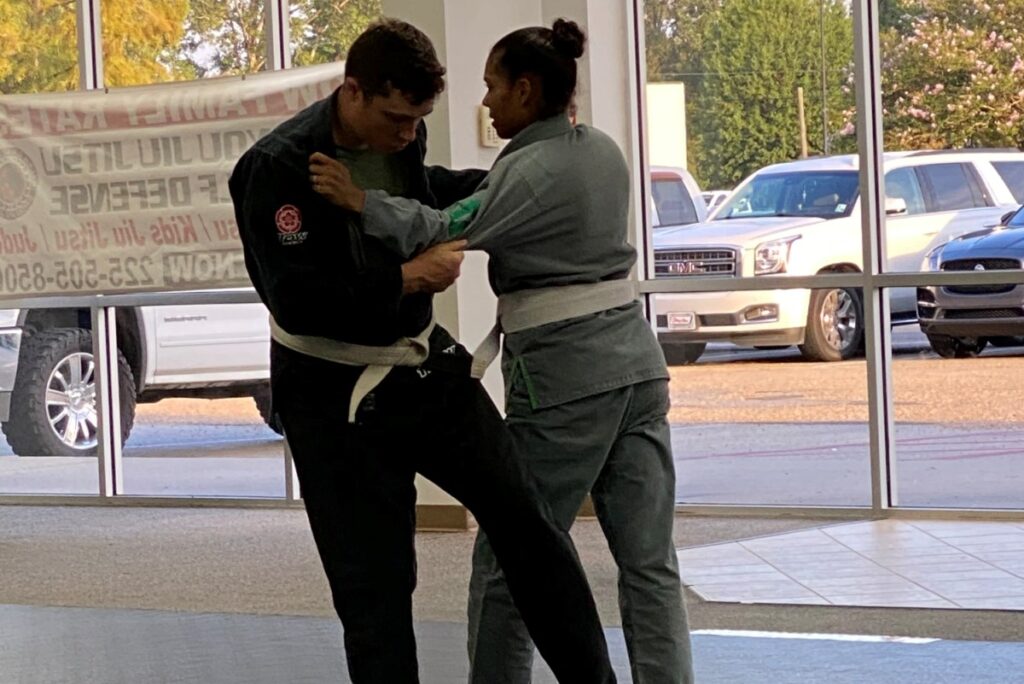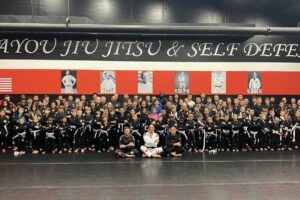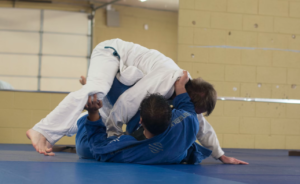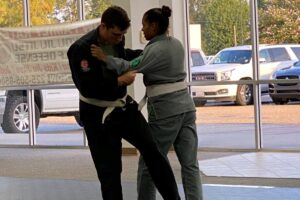Practical Self Defense Classes
3 min read
Self-Defense for Everyday People
Practical self-defense classes are designed to teach individuals how to protect themselves in real-life situations. These classes focus on practical techniques that are effective and easy to learn, emphasizing personal safety, awareness, and the ability to respond appropriately to threats. There are also health benefits from self defense classes.
Here are key elements commonly found in practical types of self-defense classes:
1. Situational Awareness
Classes often begin with an emphasis on situational awareness. Students learn to recognize and avoid potentially dangerous situations, understand environmental cues, and stay alert to potential threats.
2. Basic Strikes and Blocks
Self-defense instructors teach simple yet effective striking techniques, such as punches, kicks, knee strikes, and elbow strikes. Additionally, students learn basic blocking and parrying techniques to defend against attackers.3. Vital Targets
Training often focuses on identifying and targeting vulnerable areas on an attacker’s body, such as eyes, nose, throat, groin, and joints. Striking or manipulating these areas can be effective in creating an opportunity to escape.
4. Escapes from Holds and Grabs
Techniques to escape common holds, grabs, and chokes are a crucial part of self-defense training. This includes learning how to break free from wrist grabs, bear hugs, and other restraining situations.
5. Simple Ground Defense
Practical self-defense classes may cover basic ground defense techniques, including how to escape from the ground, defend against common ground attacks, and create distance to stand up safely.
6. Use of Everyday Objects
Some classes teach how to use everyday objects for self-defense, such as keys, pens, or umbrellas. This knowledge can enhance an individual’s ability to improvise and defend themselves with readily available items.
7. Verbal and Non-Physical Strategies
Effective communication and de-escalation techniques are integral to practical self-defense. Students learn how to use their voice, assert boundaries, and verbally defuse situations before they escalate to physical violence.
8. Scenarios and Role-Playing
Practical self-defense lessons often incorporate realistic scenarios and role-playing exercises. This allows students to apply their skills in simulated situations, helping to build confidence and muscle memory.9. Defense Against Weapons
Depending on the class, students may learn basic defenses against common weapons, such as knives or blunt objects. This training includes creating distance, redirecting the weapon, and escaping safely.
10. Legal and Ethical Considerations
Classes may provide information on legal and ethical considerations surrounding self-defense. Understanding when and how force can be used legally is crucial for responsible self-defense.
11. Regular Practice and Conditioning
Consistent practice is essential to reinforce techniques and build muscle memory. Practical self-defense learning sessions often include drills and conditioning exercises to enhance physical fitness and readiness.
12. Empowerment and Confidence Building
Self-defense classes aim to empower individuals by providing them with practical skills and the confidence to use them. Building mental resilience is an integral part of these classes.
13. Continued Learning and Adaptation
Self-defense is an evolving skill, and classes may encourage continued learning and adaptation to stay updated on effective techniques and strategies.
Practical self-defense classes are designed to be accessible to people of various fitness levels and backgrounds, making them valuable for individuals seeking to enhance their personal safety skills.





